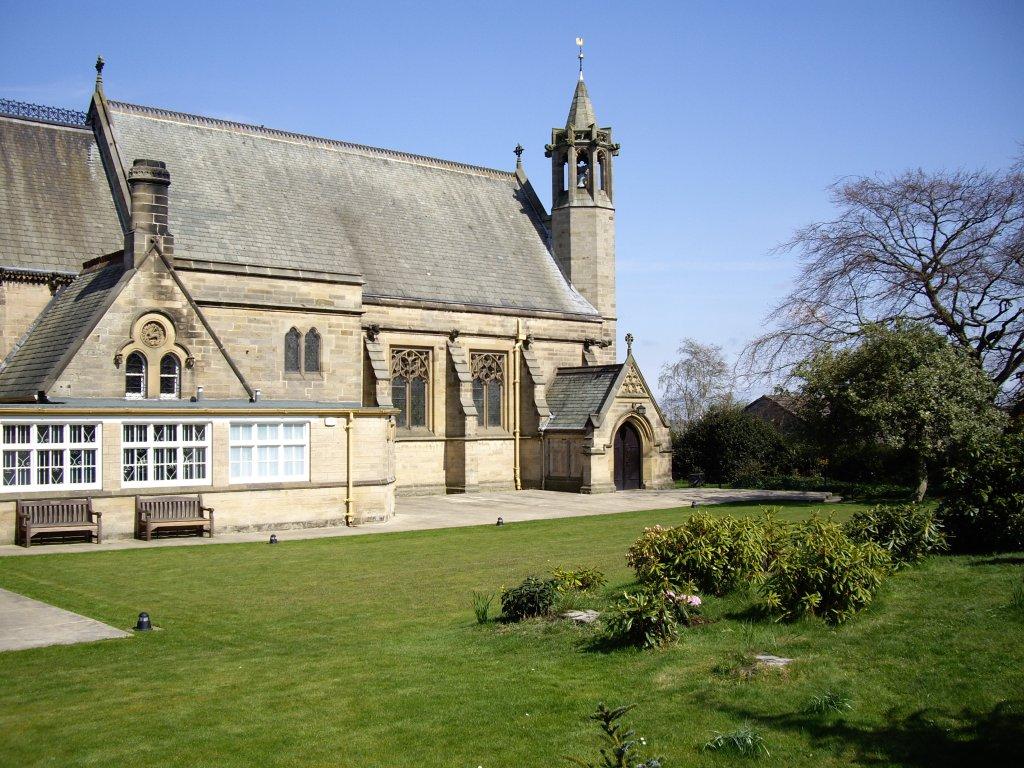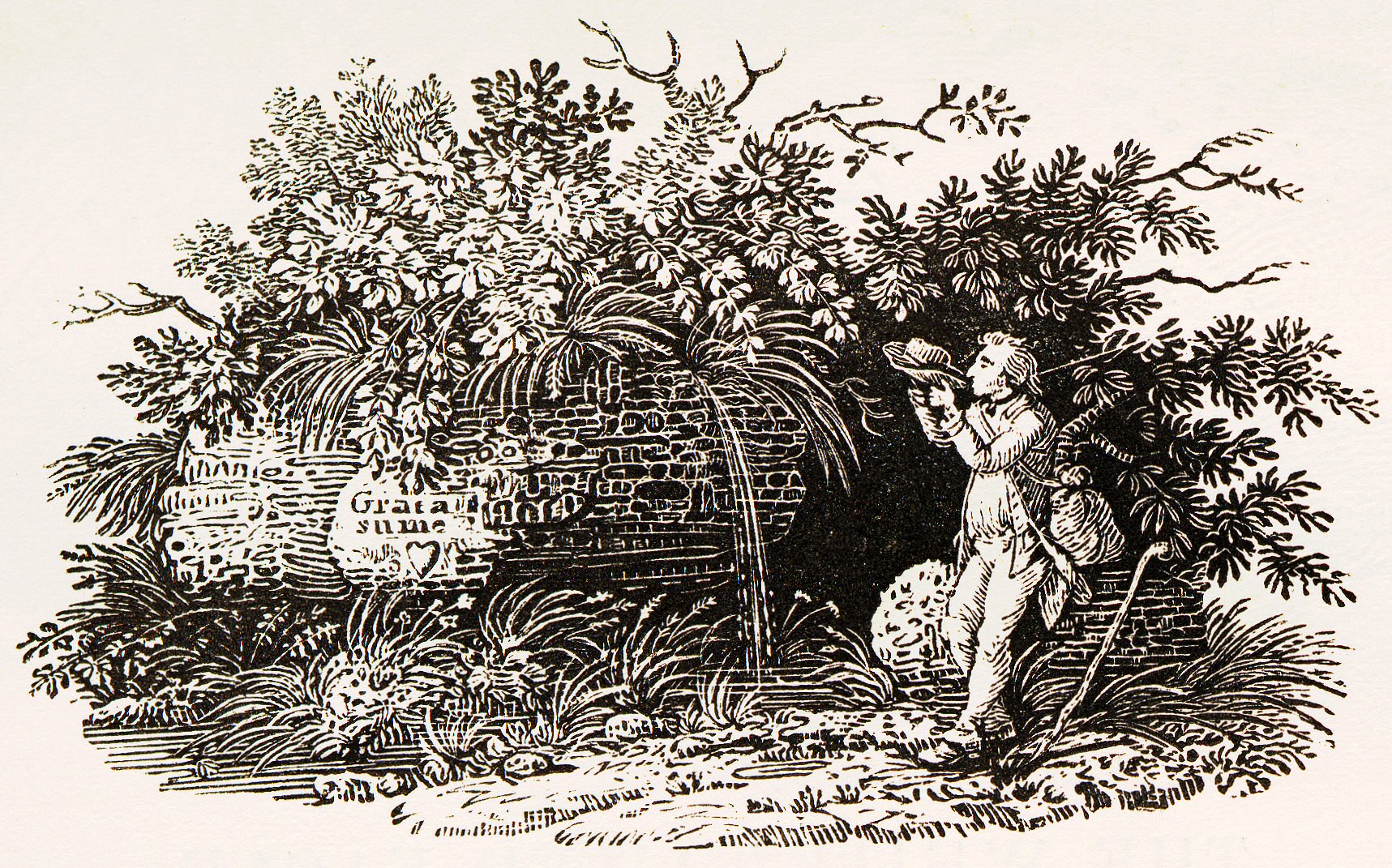|
Ovingham
Ovingham is a village and civil parish in the Tyne Valley of south Northumberland, England. It lies on the River Tyne east of Hexham with neighbours Prudhoe, Ovington, Wylam and Stocksfield. The River Tyne provided an obstacle between Ovingham and Prudhoe until 20 December 1883, when a toll bridge ( Ovingham Bridge) was finally opened, taking the place of the ferry. The steel tubes are marked Dorman Long Middlesbrough, the firm which designed and built the Sydney Harbour Bridge and the Tyne Bridge. Governance Ovingham is in the parliamentary constituency of Hexham and forms part of the Bywell electoral ward for Northumberland County Council. Economy There was a dyehouse at Ovingham, and in 1828 William Bullock was the foreman. Both Thomas Bewick from nearby Cherryburn and George Stephenson from nearby Wylam had relatives who were dyers. One of Bewick's woodcuts is entitled the ''Dyers of Ovingham'', showing two men who are carrying a large tub on a pole. Mabel Step ... [...More Info...] [...Related Items...] OR: [Wikipedia] [Google] [Baidu] |
Ovingham Bridge
Ovingham Bridges are a pair of side-by-side vehicle and pedestrian bridges across the River Tyne linking Ovingham and Prudhoe in Northumberland, England. Following a lengthy refurbishment programme by Northumberland County Council, Ovingham Bridge re-opened to vehicles on 5 September 2016. The vehicle bridge is a single track of reduced width for cars and light vans only. There is no footpath; pedestrians use the separate footbridge that runs alongside and with the same deck level. The centre piers are set wider, allowing the deck to spread and two vehicles can pass, although this is rare. No traffic controls are installed; drivers observe the far end and wait or enter the bridge using a set of unwritten rules that usually function well. History It was built in 1883 by the Ovingham Bridge Company and replaced the earlier ferry. The steel tubes are marked Dorman Long Middlesbrough, the firm that designed and built the Sydney Harbour Bridge and the Tyne Bridge. It was original ... [...More Info...] [...Related Items...] OR: [Wikipedia] [Google] [Baidu] |
Prudhoe
Prudhoe ( ) is a town and civil parish in the south of Northumberland, England. It is west of Newcastle upon Tyne and situated on a steep, north-facing hill on the south bank of the River Tyne. Prudhoe had a population of 11,675 at the 2011 census, making it the second largest town in the Tyne Valley after Hexham. Nearby villages include Ovingham, Ovington, Wylam, Stocksfield, Hedley on the Hill and Mickley. History The name derives from the Anglo-Saxon personal name Prud (from , meaning 'proud') and ''hoe'' or ''haugh'', 'a spur of land'. There has been a castle at Prudhoe since ancient times, when England was at war with Scotland. The area now known as Castlefields was a fruit orchard, and the Scots were rumoured to have burnt this orchard while attempting to capture Prudhoe Castle. The castle, originally owned by the d'Umfraville family, then the Percys and now English Heritage, is considered to be the only medieval fortification in Northumberland never to h ... [...More Info...] [...Related Items...] OR: [Wikipedia] [Google] [Baidu] |
Thomas Bewick
Thomas Bewick (c. 11 August 1753 – 8 November 1828) was an English wood engraving, wood-engraver and natural history author. Early in his career he took on all kinds of work such as engraving cutlery, making the wood blocks for advertisements, and illustrating children's books. He gradually turned to illustrating, writing and publishing his own books, gaining an adult audience for the fine illustrations in ''A History of Quadrupeds''. His career began when he was apprenticed to engraver Ralph Beilby in Newcastle upon Tyne. He became a partner in the business and eventually took it over. Apprentices whom Bewick trained include John Anderson (engraver), John Anderson, Luke Clennell, and William Harvey (artist), William Harvey, who in their turn became well known as painters and engravers. Bewick is best known for his ''A History of British Birds'', which is admired today mainly for its wood engravings, especially the small, sharply observed, and often humorous vignettes known as ... [...More Info...] [...Related Items...] OR: [Wikipedia] [Google] [Baidu] |
Frank Atkinson (museum Director)
Dr Frank Atkinson (13 April 1924 – 30 December 2014) was a British museum director and curator. Atkinson is best known for creating the Beamish Museum near Stanley, County Durham, an open-air 'living' museum on the history of the north of England with a focus on the changes brought to both urban and rural life by the industrialisation of the early 20th century. Early life Atkinson was born in Barnsley, West Riding of Yorkshire on 13 April 1924, the oldest son of Ernest, a labourer, and Elfrida, a school teacher and later headmistress. An early interest in fossil collecting later saw him become the youngest member of the Barnsley Naturalist and Scientific Society. He was educated at nearby Mapplewell School and at Barnsley grammar school. During the Second World War he obtained a science degree from the University of Sheffield, whilst also serving as a volunteer with the paratroops. Career Atkinson began his working life at a coking plant. However, he spent his weekends and ... [...More Info...] [...Related Items...] OR: [Wikipedia] [Google] [Baidu] |
Prudhoe Railway Station
Prudhoe is a railway station on the Tyne Valley Line, which runs between and via . The station, situated west of Newcastle, serves the town of Prudhoe and villages of Mickley and Ovingham in Northumberland, England. It is owned by Network Rail and managed by Northern Trains. History The Newcastle and Carlisle Railway was formed in 1829, and was opened in stages. The station opened in March 1835, following the commencement of passenger trains between and . It was never a junction, although extensive industrial connections on either side of the station once existed. Between 1859 and 1915, there was another station less than west of Prudhoe, at Mickley. The station buildings on the eastbound platform were constructed by the North Eastern Railway in 1884, having been designed in the twin pavilion style. The station ceased handling goods traffic in 1965. The buildings were subsequently demolished in 1973 by British Rail, after the station became unstaffed, along with most ... [...More Info...] [...Related Items...] OR: [Wikipedia] [Google] [Baidu] |
Stocksfield
Stocksfield is a small village situated close to the River Tyne, about west of Newcastle upon Tyne in the southern part of Northumberland, England. There are several smaller communities within the parish of Stocksfield, including Branch End, New Ridley, Broomley, Hindley and the Painshawfield Estate. Other villages in Stocksfield's postal district include Bywell, Newton, Mickley, and Hedley on the Hill. History Dere Street, a Roman road, passes through the parish to the south of Broomley, and Roman stone was used in the construction of St Andrew's Church in 803 AD. Bywell gained in importance in the 600 years following the Norman conquest as a centre of metalworking. It was in the hands of the Barony of Balliol until 1296 when it passed in turn to the Nevilles, the Fenwicks, and finally in 1809 to the Beaumont family. The township of "Stokesfeld" was first mentioned in 1242, and was part of Bywell St Andrew's parish. The origins of the name are uncertain, ... [...More Info...] [...Related Items...] OR: [Wikipedia] [Google] [Baidu] |
Wylam
Wylam is a village and civil parish in the county of Northumberland, England. It is located about west of Newcastle upon Tyne. It is famous for the being the birthplace of George Stephenson, one of the early railway pioneers. George Stephenson's Birthplace, his cottage, can be found on the north bank of the Tyne east of the village. It is owned by the National Trust. Wylam has further connections with the early railway pioneers. The steam locomotive engineer Timothy Hackworth, who worked with Stephenson, was also born here. William Hedley who was born in the nearby village of Newburn attended the village school. He later went on to design and manufacture Puffing Billy in 1813, two years before George Stephenson produced his first locomotive Blücher. Christopher Blackett as lord of the manor in the first 30 years of the 19th century provided the entrepreneurial drive that encouraged these engineers. History Once an industrial workplace with collieries and an ironwor ... [...More Info...] [...Related Items...] OR: [Wikipedia] [Google] [Baidu] |
Hexham
Hexham ( ) is a market town and civil parish in Northumberland, England, on the south bank of the River Tyne, formed by the confluence of the North Tyne and the South Tyne at Warden nearby, and close to Hadrian's Wall. Hexham was the administrative centre for the Tynedale district from 1974 to 2009. In 2011, it had a population of 13,097. Smaller towns and villages around Hexham include Corbridge, Riding Mill, Stocksfield and Wylam to the east, Acomb and Bellingham to the north, Allendale to the south and Haydon Bridge, Bardon Mill and Haltwhistle to the west. Newcastle upon Tyne is to the east and Carlisle to the west. Toponym The name Hexham derives from the Old English ''Hagustaldes ea'' and later ''Hagustaldes ham'' from which the modern form (with the "-ham" element) derives. ''Hagustald'' is related to the Old High German ''hagustalt'', denoting a younger son who takes land outside the settlement; the element ''ea'' means "stream" or "river" and ''ham'' is the O ... [...More Info...] [...Related Items...] OR: [Wikipedia] [Google] [Baidu] |
Tidewaiter
A customs officer is a law enforcement official who enforces customs laws. Canada Canadian customs officers are members of the Canada Border Services Agency. It was created in 2003 and preceded by the Canada Customs and Revenue Agency (1999-2003). Customs officers has existed since 1868 under various departments: Customs Office, Customs and Inland Revenue from 1918 to 1923, Customs and Excise from 1923 to 1927 and Revenue Department from 1927 to 1999. They are most visible at 117 land border crossings and 13 international airports between Canada and US, but are also founded at 3 seaports, 3 mail centres within Canada. Hong Kong 4,931 posts, of which nine are directorate officers, 3,804 are members of the Customs and Excise Department, 504 are Trade Controls Officers and 614 are staff of the General and Common Grades. Hong Kong is one of the busiest container ports in the world. It handled 20.4 million TEUs (Twenty-foot Equivalent Units) in 2003. Of these, 12.1 million ... [...More Info...] [...Related Items...] OR: [Wikipedia] [Google] [Baidu] |
Newcastle Upon Tyne
Newcastle upon Tyne, or simply Newcastle ( , Received Pronunciation, RP: ), is a City status in the United Kingdom, cathedral city and metropolitan borough in Tyne and Wear, England. It is England's northernmost metropolitan borough, located on the River Tyne's northern bank opposite Gateshead to the south. It is the most populous settlement in the Tyneside conurbation and North East England. Newcastle developed around a Roman Empire, Roman settlement called Pons Aelius. The settlement became known as ''Monkchester'' before taking on the name of The Castle, Newcastle, a castle built in 1080 by William the Conqueror's eldest son, Robert Curthose. It was one of the world's largest ship building and repair centres during the Industrial Revolution. Newcastle was historically part of the county of Northumberland, but governed as a county corporate after 1400. In 1974, Newcastle became part of the newly-created metropolitan county of Tyne and Wear. The local authority is Newcastle Ci ... [...More Info...] [...Related Items...] OR: [Wikipedia] [Google] [Baidu] |





